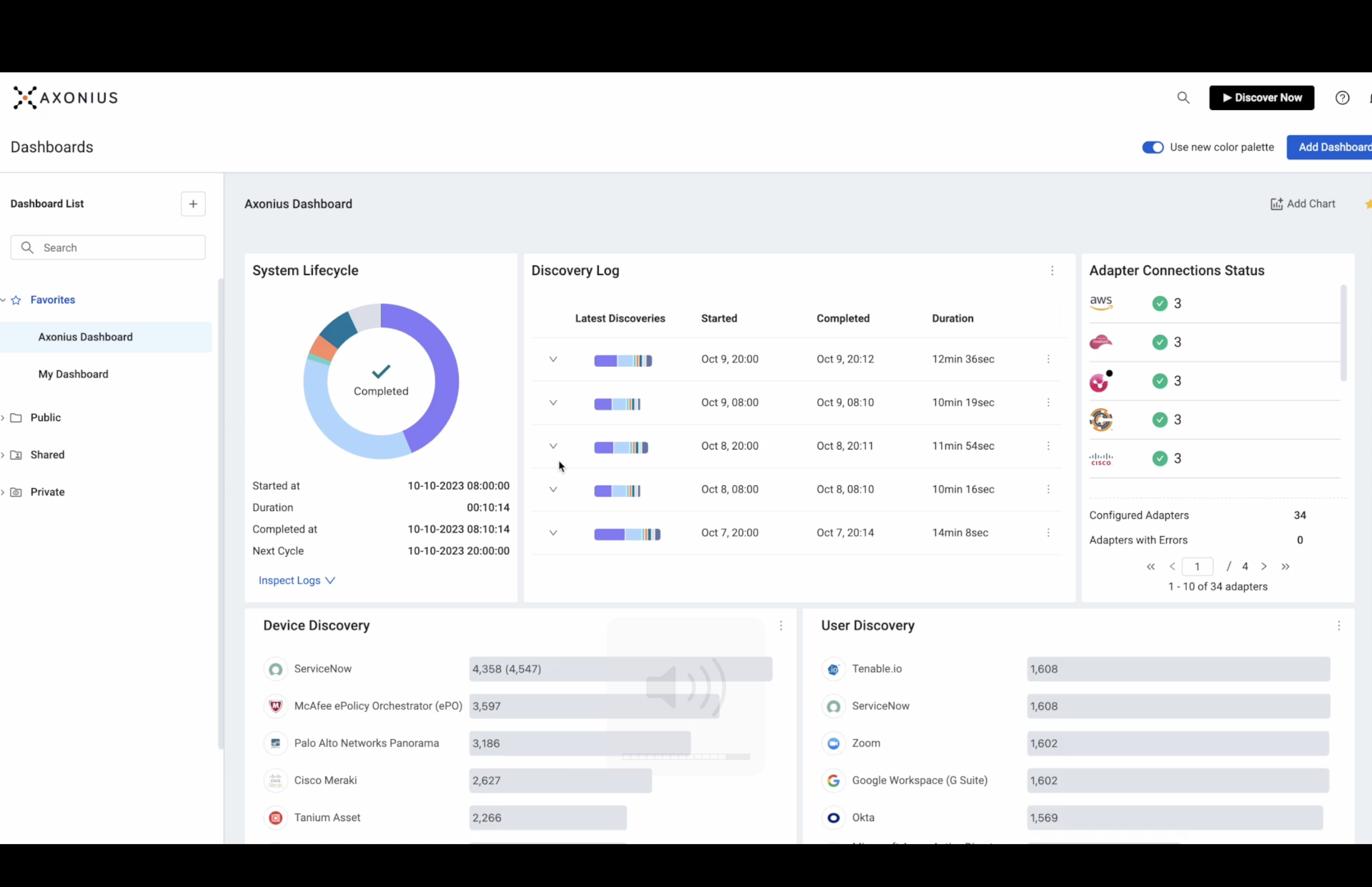New Research: Why IT and security leaders are strengthening cyber resilience
Allie Byers

Complexity has skyrocketed over the last few years. Surges in digital transformation efforts, work environment shifts, and increasing cyber attacks have all contributed to adverse organizational changes and IT and security protocols.
We wanted to understand how IT and security teams were adapting to this increasing complexity, so in February 2024, we conducted a survey of 500 IT and security decision-makers across the United States. The results? IT and security leaders are making intentional efforts and investments to bolster cyber resilience — the concept of being able to efficiently detect, respond to, and recover from cyber incidents while ensuring business continuity.
In this blog post, we’ll share our top three research takeaways and review why and how IT and security decision makers are strengthening their cyber resilience as dependence on technology deepens, complexity increases, and the overall IT and security landscape evolves.
Axonius top three cyber resilience takeaways for IT and security leaders
Cyber resilience is a top-of-mind priority
Complexity isn’t new in the IT and security world, but the rate at which it’s growing is. Digital transformation efforts, rapid cloud-based SaaS adoption, device proliferation, increased third-party and vendor connections, and the ongoing skill shortages all add new and evolving IT and security challenges. How are IT and security leaders managing new complexity? They’re prioritizing cyber resilience.
According to the data from our report, 99% of decision makers understand the importance of cyber resilience in reducing exposure to critical infrastructure, enhancing enterprise security posture, and ensuring compliance. And, with 77% of respondents reporting an increase in their organization's cyber resilience over the past 12 months, and 80% anticipate further improvement in 2024, it’s safe to say cyber resilience is only expected to grow.
Why? Cyber attacks are becoming larger in scale and IT and security leaders are turning to cyber resilience to help ensure business continuity (35%) and manage an increase in cyberattacks and cyber threats (32%).
Cyber resilience is being used to combat emerging threats
While 88% of surveyed leaders believe their organization would be able to continue operating in the event of a security incident, every respondent expressed concerns about various external and internal threats to their IT and security programs. This leads to the question: do they genuinely have confidence in their cyber resilience?
According to our data, the top concerns threatening IT and security decision makers’ cyber resilience include:
- Integration with existing systems: 26% of respondents expressed this as the top challenge currently facing teams. We found that organizational leadership also shares the same integration concerns, particularly compatibility between new cyber resilience resources and existing cybersecurity infrastructure, and how time-consuming the improvement process will be.
- Cloud security: The rapid shift to multi-cloud operations and SaaS apps have caused increased concerns about cloud security. Although cloud infrastructure has helped organizations reduce costs, improve efficiency, and boost productivity, more than half of the IT and security decision-makers (55%) listed cloud security as the top anticipated threat to cyber resilience over the next 12 months.
- Talent and skills challenges: IT and security leaders continue to feel the strain of skills shortages. Over a quarter of respondents (26%) cited staffing issues, reduced IT and security budgets (25%), and lack of employee training (21%), as top threats to their cyber resilience strategies over the next year.
Organizations are investing in more tools to grow cyber resilience
To strengthen attack surface security, in its Top Cybersecurity Trends in 2024, Gartner recently advised security leaders to focus more on resilience-oriented investments to enhance risk management of third-party services in 2024 due to the inevitability of third parties experiencing cybersecurity incidents.
What we found in our report reflects the Gartner recommendation. The top category of tools IT and security leaders are investing in include cloud security solutions (54%), identity and access management tools (43%), and Cyber Asset Attack Surface Management (CAASM) solutions (41%). Interestingly, over 40% of respondents also reported they’ll continue to use CAASM solutions in the future – and for good reason.
Remember, you can’t secure what you don’t know exists. The Axonius Platform provides CAASM and SaaS management capabilities so teams can uncover security issues and reduce the attack surface. With comprehensive understanding of their digital infrastructure, IT and security teams can leverage Axonius to make data-driven decisions, improve resiliency, and ensure business continuity.

Source: Axonius, image of the Axonius Platform dashboard
Let’s take a closer look at how Axonius can bolster cyber resilience.
How to leverage Axonius to form a solid foundation on which cyber resilience is built
The Axonius Platform offers the foundation IT and security teams need to bolster resilience by providing comprehensive and contextual visibility into all assets. For organizations struggling to account for unmanaged devices, monitor legacy, outdated, or antiquated infrastructure, or identify all cloud-based SaaS apps, Axonius spans from devices and users across the digital environment, regardless of location, uptime, or power state.
Gaining the insights needed to make decisions that foster business continuity, business growth, and control ongoing complexity helps IT and security leaders identify gaps that need to be filled and understand what’s new, not in compliance, or underutilized. This gives leaders an advantage to optimizing their teams and resources, and improving cyber resilience, despite the challenges they may face.
With a solid foundation to understand the entire IT environment, organizations can quickly adapt to challenges and leverage insights to prepare for future cyber threats or incidents.
To learn more about how IT and security leaders are strengthening cyber resilience, download our ebook, “The State of Cyber Resilience: Why IT and security leaders are bolstering cyber resilience as complexity increases.”
Categories
- Cloud and SaaS Security

See Axonius in action
Discover what’s achievable with a product demo, or talk to an Axonius representative.
